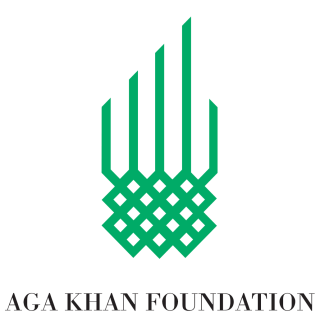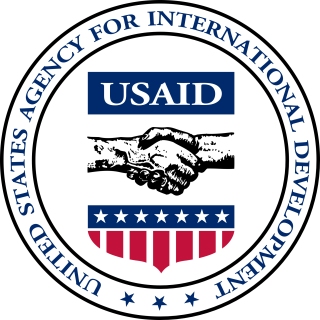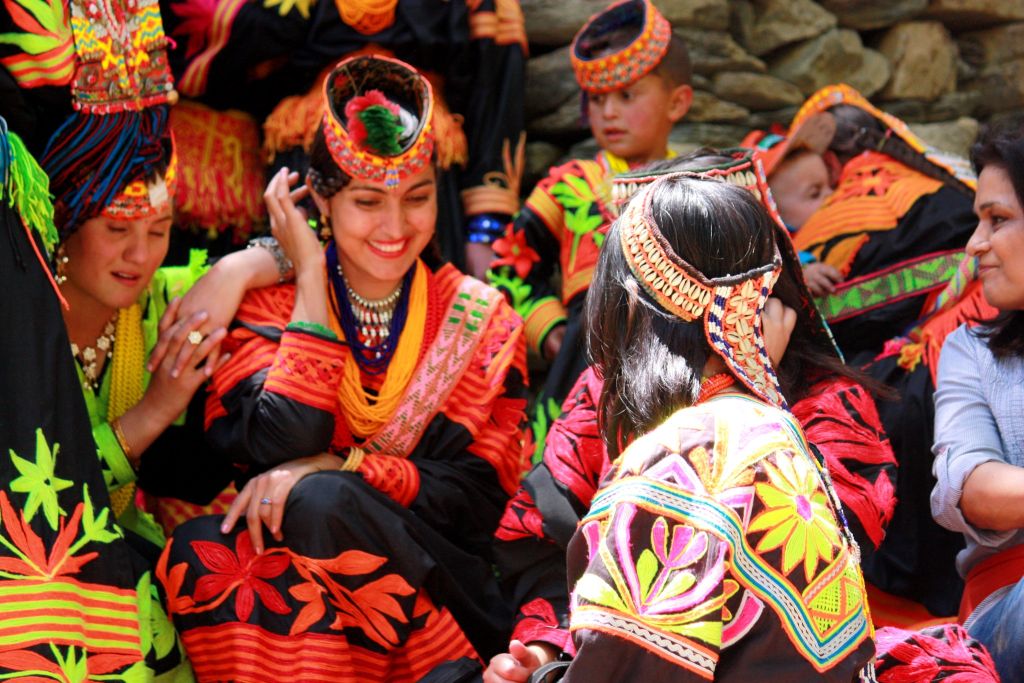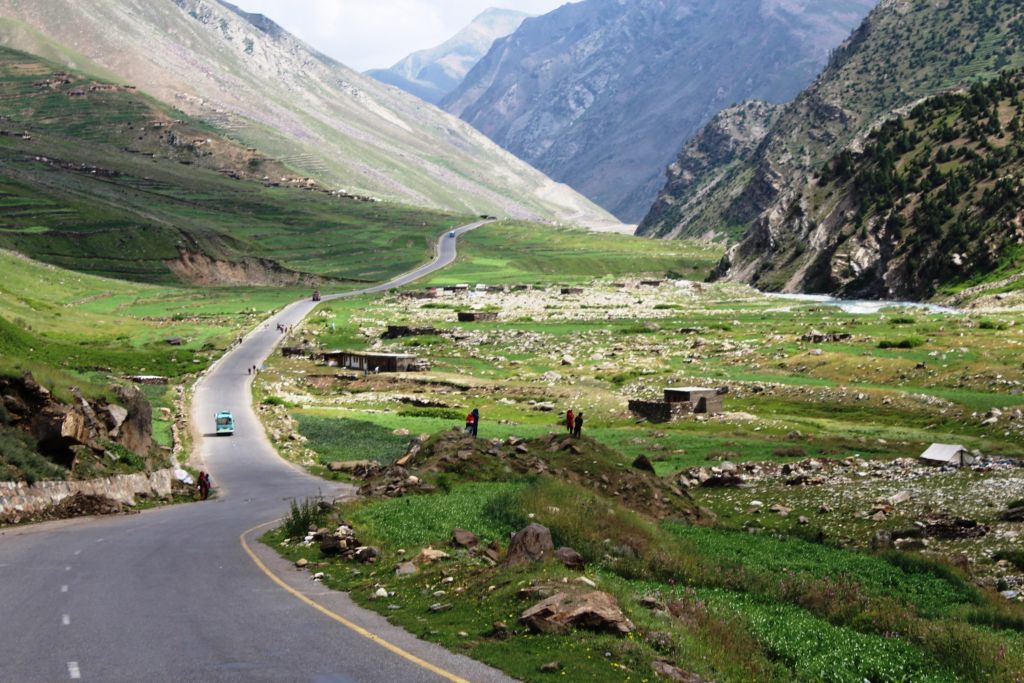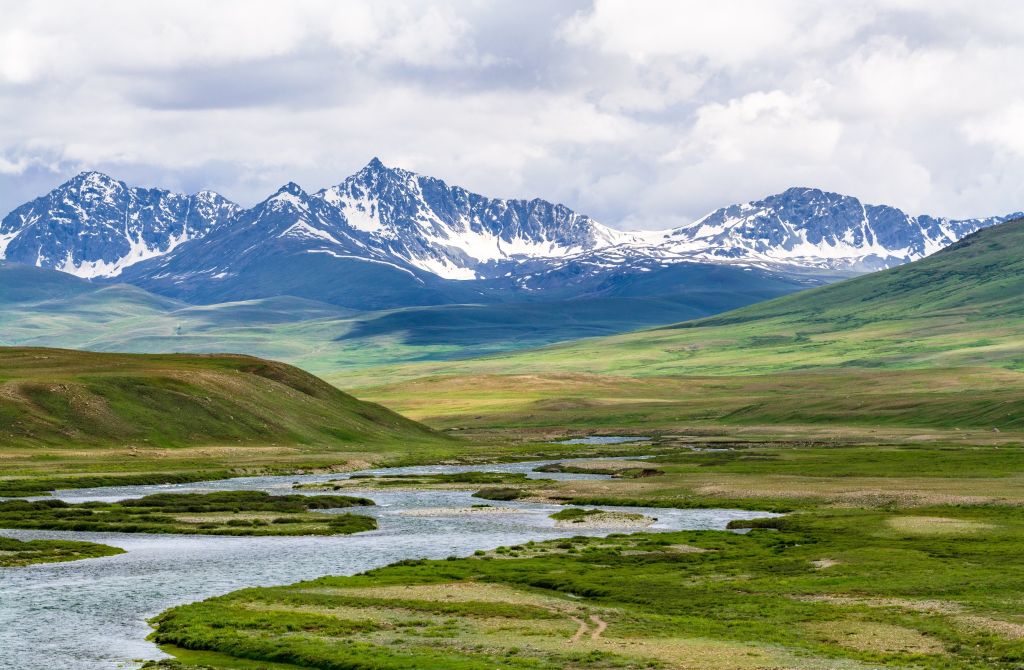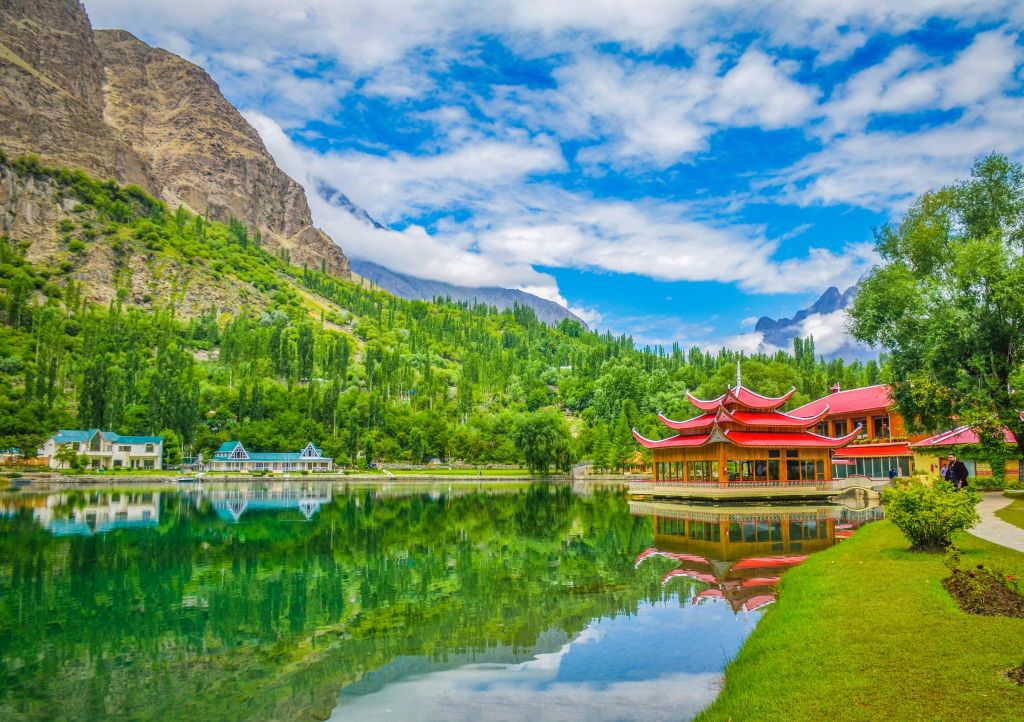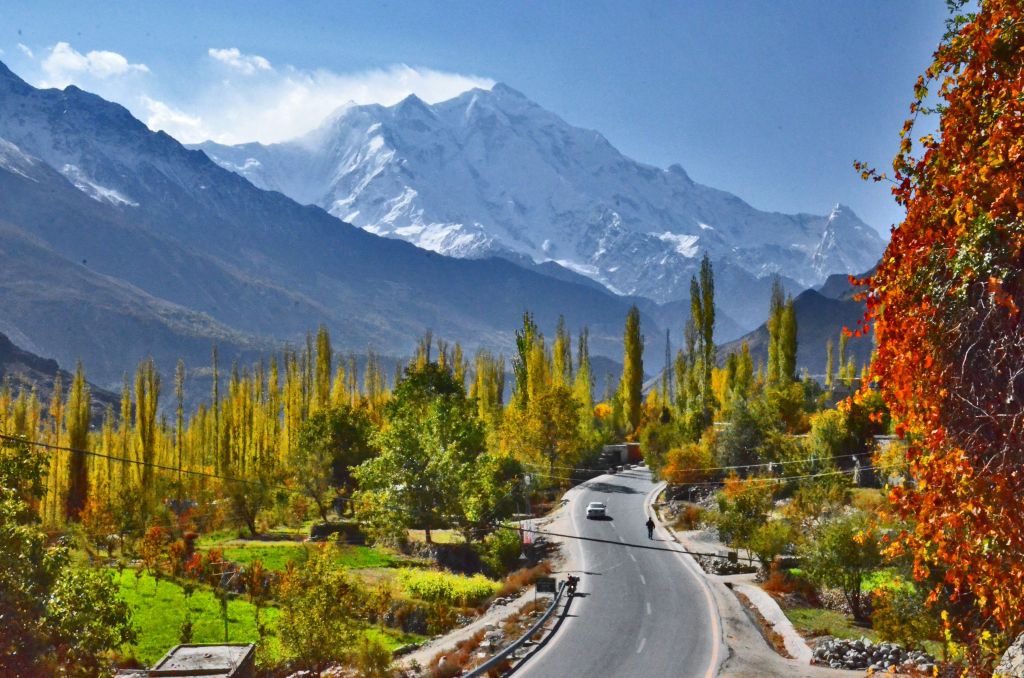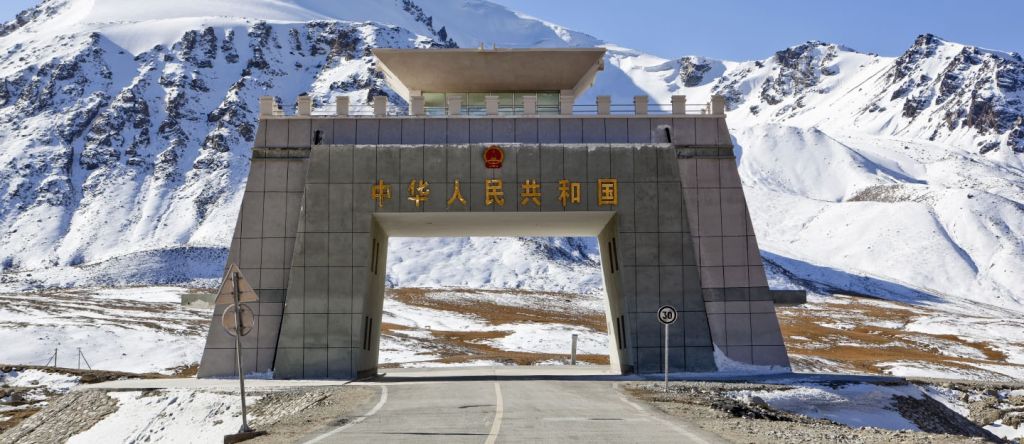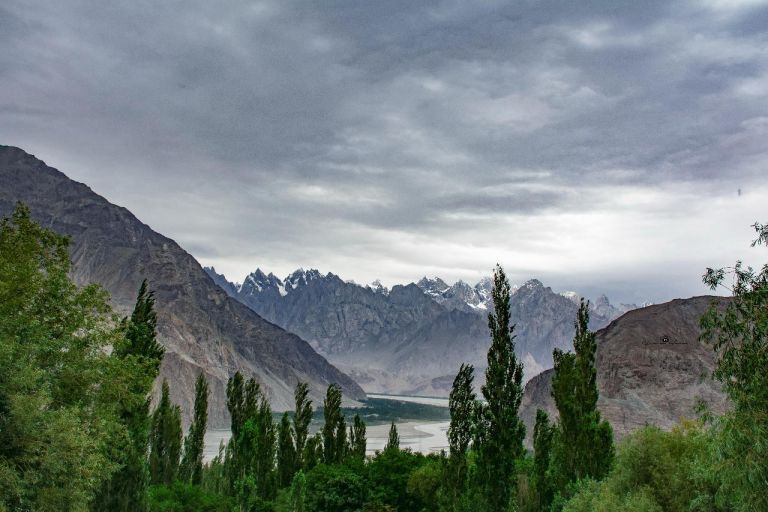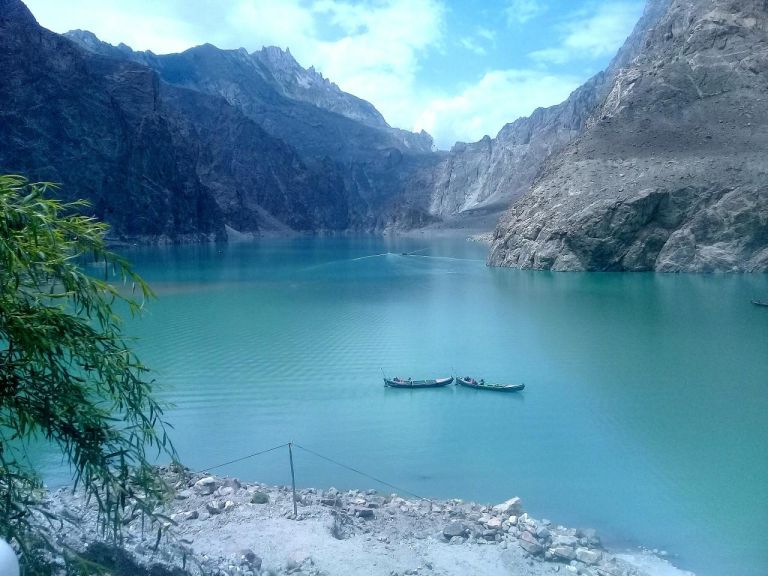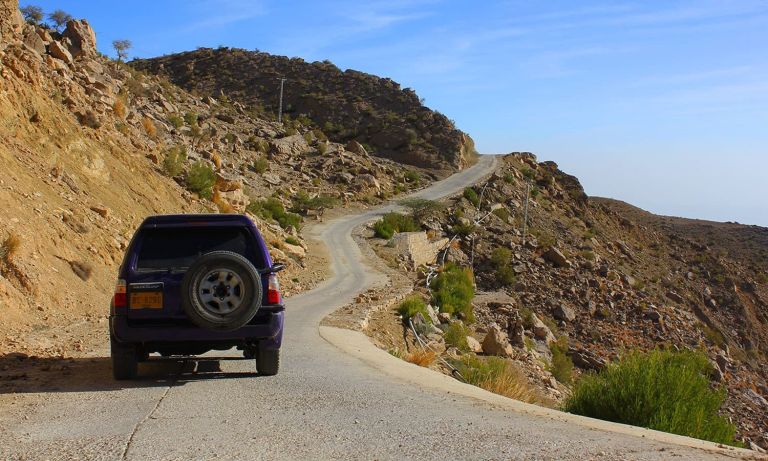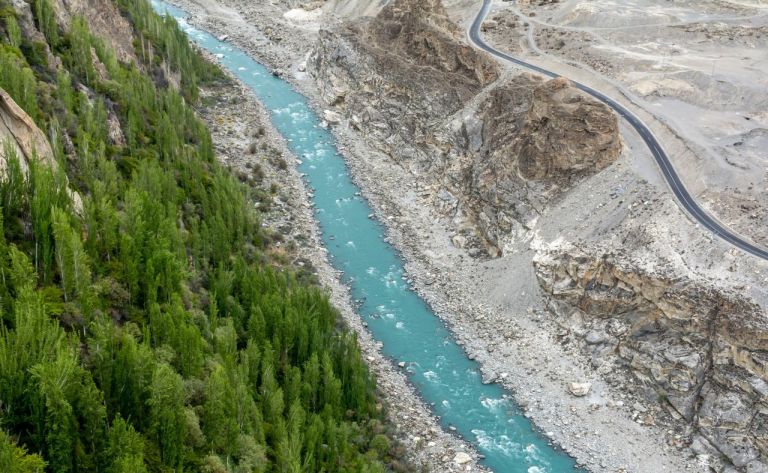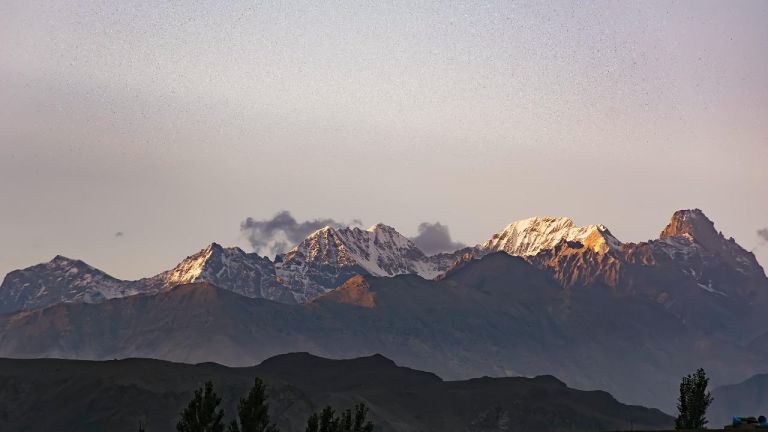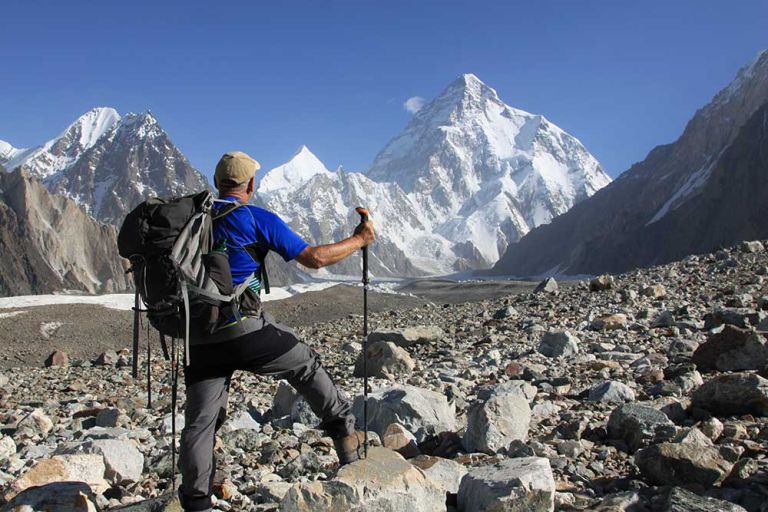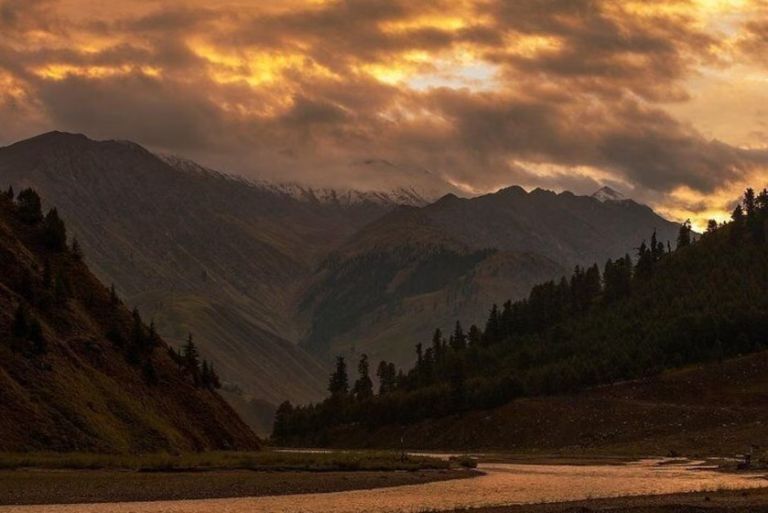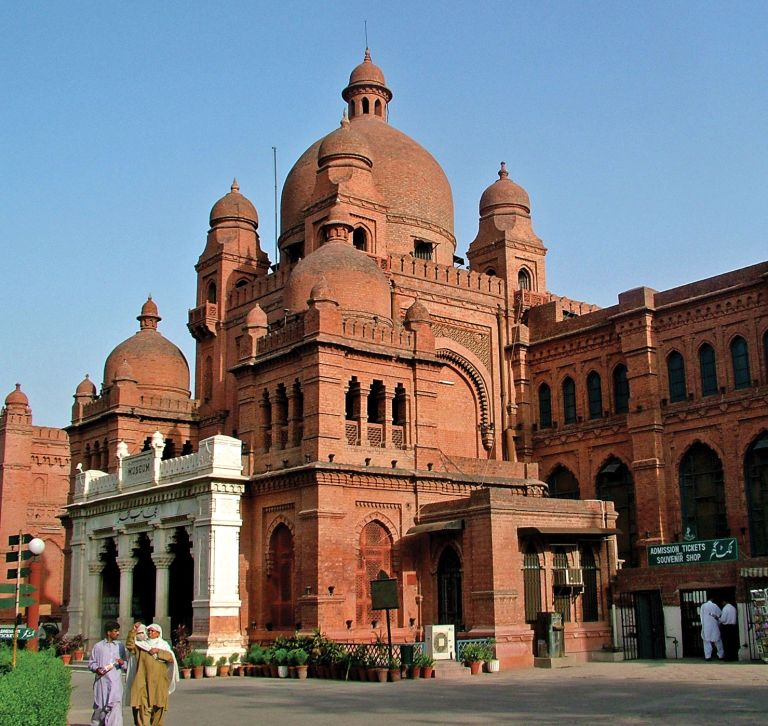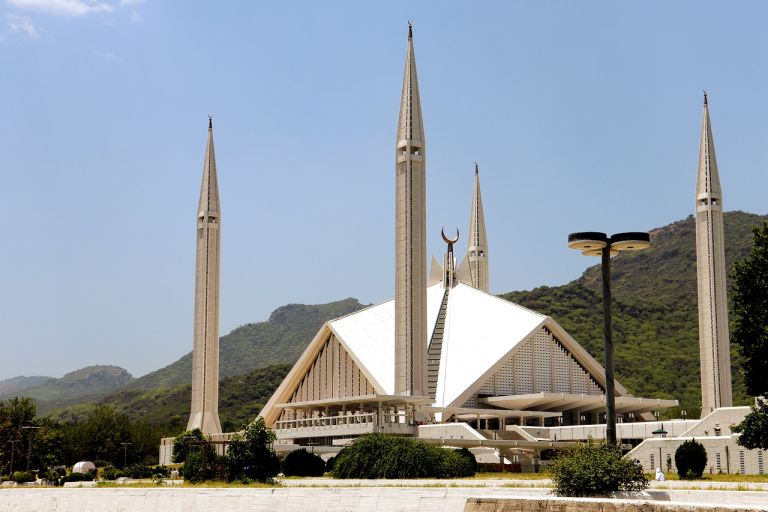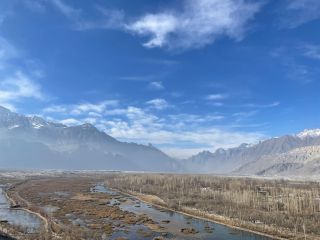This tour is best done from mid-June to mid-October as some mountain passes can be closed.
Day 1 arrival Islamabad
On arrival in Islamabad you will be met by our guide and taken to the booked hotel. Together with Rawalpindi, Islamabad forms a twin city, with Islamabad being the modern city of diplomats and officials. Rawalpindi is a bulging city with busy bazaars and traffic circles. Islamabad is slightly higher and therefore slightly cooler than Rawalpindi. You will have time to stroll through the bazaars of Rawalpindi. The imposing, modern Faisal Mosque is one of the largest mosques in the world, with space for 15,000 worshipers in the mosque and 85,000 in the courtyard. Those interested can visit Daman-e Koh park with a nice view, the Pakistan monument, and the Heritage Museum.
Day 2 Islamabad - Kaghan Valley
Our destination is the green Kaghan valley, located at more than 2000 meters. This has been a favorite outing of city dwellers for decades. In recent years, this valley has been the alternative to the unsafe Swat valley to seek out the fresh mountain air. We will spend the night in the town of Shogran, where we can take a walk to the mountain lakes (Siri Lake) and the glaciers of mountains such as the Malika Parbat.
Day 3 The Road to Naran
We’ll have the whole day to enjoy the beautiful nature in the Kaghan valley. We’ll drive through the Kaghan valley to Naran (2-3 hours drive). From here we will visit the mountain lake Saiful Muluk, where we will take a nice walk around the lake.
Day 4 Kaghan Valley - Chilas
We’ll cross the Babusar pass (4175 meters), which is only accessible in the summer months. A beautiful trip of about 5 hours that takes you to the Karakoram Highway, the famous trade route between Pakistan and China. We’ll spend the night at the town of Chilas; here you have a view of the Indus which flows along the Karakoram Highway.
Day 9 Gilgit - Karimabad (Hunza Valley)
Today we’ll leave Baltistan and drive to Gilgit, the most important place in the north of Pakistan. This is a beautiful tour with a view of mountain giants such as Rakaposhi, Haramosh, Nanga Parbat and Ultar. We will tour along the Indus and then continue on the Karakoram Highway. Gilgi is a lively provincial town with a hectic bazaar. Anyone traveling up north cannot ignore Gilgit and come here to do their shopping. For centuries this has been the ideal place to replenish stocks. It is the center for many mountain expeditions, traders and travelers. After a short visit to Gilgit, a three-hour drive will take us to the beautiful Hunza Valley, one of the most beautiful and certainly the most famous of Pakistan's mountain valleys. The center of the Hunza Valley is the town of Karimabad, dominated by the fortress of Baltit, the ancient fortress of the Mir of Hunza. A little further is the town of Altit, also with a beautiful fortress.
Day 10, 11, 12: Hunza
Today you can have a free day or we’ll have a nice walk in the Hunza valley where you can have a nice walk through orchards (lots of apricots) and past small villages.
If you fancy a brisk walk, we can hike up to the Ultar Glacier, a beautiful but tough climb. The glacier is located at the foot of the 6000 meter high Bubulimating mountain, also known as 'Lady Finger' and the 7,388 meter high Ultar II peak. Also very beautiful is the trip to the 'Eagle's Nest' in Duikar (3000 meters), from where you have a fantastic view over the wider area. Today is flexible!
We’ll go on the Karakoram Highway again and will go towards the village of Gulmid (2 hours drive). We will travel through a tunnel along Lake Attabad, a 'new' lake, created in 2010 after a landslide. At Hussaini you can cross one of the 300 meter long rope bridges, a hair-raising experience. We will then continue to the atmospheric town of Gulmid. There will be time for a walk across Gulkin Glacier to Lake Borit if you can find the energy!
Today we’ll visit the Khunjerab Pass in India. This 4600 meter high mountain pass is the border between China and Pakistan. In the Pakistani border town of Sust, some formalities have to be completed and then you drive into a piece of no man's land to the Khunjerab pass. Enjoy the surroundings and then we’ll return to Pakistan and back to Gulmid.
On the way you will pass Passu, where you will hear the roar of the Passu Glacier, a huge glacier that reaches the road.
Day 13 Karimabad - Gupis
We’ll slowly advance from the Karakoram Mountains towards the Hindu Kush,back to Gilgit and then one adventurous drive to Chitral. Where we’ll drive through a desolate mountain landscape with not many more people on the road than a single shepherd. We’ll stay overnight in the town of Gupis.
Day 14 Gupis - Chitral via Shandur pass
Another long day of driving will take us to the border area of Afghanistan and Tajikistan. We’ll drive over the Shandur pass (3800 meters) to Mastuj and on to Chitral. Every year, at the beginning of July, the Polo Tournament takes place between the arch-rivals of Gilgit and Chitral. This tournament is the most important polo match in the country and has been taking place since 1936 on the highest polo field in the world, on the wide 3810 meter high Shandur pass, the link road between Chitral and Gilgit. Polo is the most popular sport in Northern Pakistan and attracts many visitors.
At the end of the day we’ll arrive in Chitral, located at the foot of Tirich Mir, one of the mountain giants of the Hindu Kush. With its 7708 meters this is not only the highest mountain of the Hindu Kush, but also the highest mountain in the world outside the Himalayas and Karakoram Mountains.
In Chitral we can visit the emblematic Shahi Mosque and the Chitral Fort. From the fortress you have a magnificent view of Tirich Mir and the Chitral River.
Day 15 Bumburet and Kalasha valleys
Over the next two days, we will visit the valleys of the Kalasha, an animistic, non-Muslim population surrounded by myths and legends. They have their own tradition that differs from the surrounding Muslim populations. The Kalasha live in three valleys: Rumbur, Birir and Bumburet. According to legend, the Kalasha descend from four Greek soldiers from the army of Alexander the Great. The women are known for their beautiful black dresses and headwear decorated with coins and shells. The valleys are closely related to Kafiristan, itself just across the border in Afghanistan. The historical name Kafiristan has since been replaced by Nurestan, the 'land of the enlightened'. This change took place when Emir Abdur Rahman Khan converted part of the population to Islam in the late 19th century. You visit the valleys from Bumburet, but it is also possible to spend the night in one of the other valleys.
The first day starts with a visit to Rambur, 40 kilometers outside Chitral. We will visit Brun, where the Kalasha gods are said to live, and the village of Shaikande. Then we’ll continue to the narrow valley of Birir. The main village here is Guru.
Day 16 Bumburet - Kalasha valleys
Today we’ll have a nice walk in the valley of Bumburet. We’ll follow the irrigation channels and see how the people are working in the fields. There are several villages to visit, there is an interesting museum and you can visit the characteristic cemeteries. Several times a year there are colorful festivals of the Kalasha. i.a. in May, August, October and December multi-day festivals are organized in the various valleys.
Day 17 Chitral to Islamabad
After these impressive days between the high mountain roads and impressive landscapes, a short flight from Chitral will take us back to Islamabad. From here we’ll go to Lahore, one of the most beautiful cities in Pakistan
Day 18 Lahore
Lahore is the second largest city in Pakistan. For centuries it was one of the most important cities of the Indian Mughal Empire. We will explore the many monuments from this period, including the Badshahi Mosque, the Lahore Fort, the Shalimar Gardens and the mausoleums of Jehangir and Nur Jahan.The city also has a lively bazaar where you can wander endlessly and a large amount of buildings from the British Raj period. Enough to see for a stay of two days.
Day 19 Lahore
Self-exploration of Lahore and free day.
Day 20 Departure
Departure/flight. End of services.
** Know that itineraries always can change due to circumstances. We try to see as much as possible.
Includes:
- Accommodation
- Transportation
- Entrance fees
- Professional local guide
Doesn’t include:
- Meals and drinks
Price:
1 person: 8320 usd
2 persons: 4450 usd per person
3 persons: 3680 usd per person
4 persons: 3350 usd per person
** Single supplement: 1800 usd

